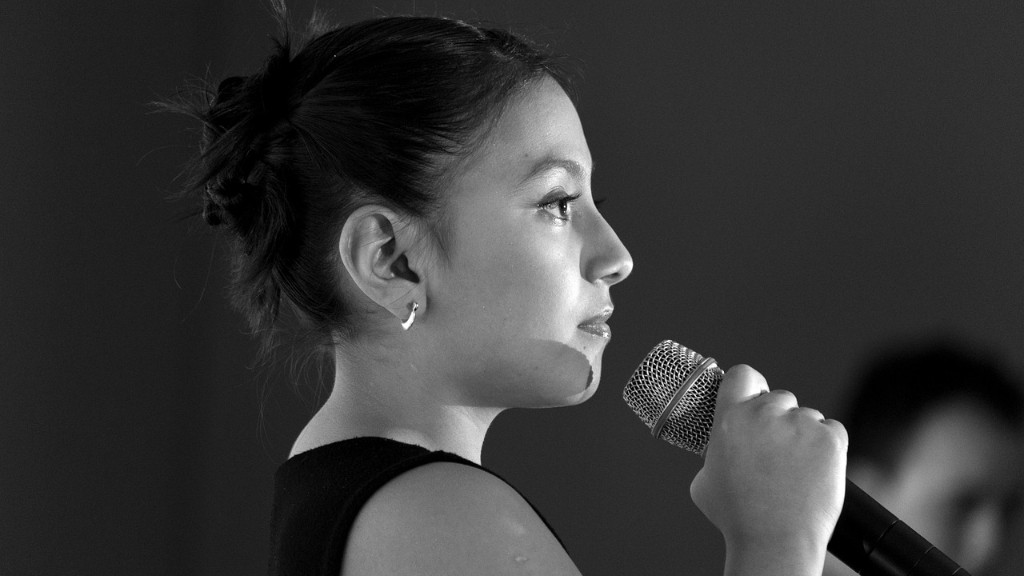How To Draw A Cute Rabbit
Drawing a cute rabbit is easy and exciting! Whether you are a beginner or an expert, this tutorial will send your imagination into overdrive as you create a beautiful, fluffy creature that’s sure to hop off the page! The key to a successful rabbit drawing is a few basics: observation, proportion, and the ability to bring life to your image. With patience and practice, even an aspiring artist can capture the essence of a rabbit with a few simple strokes of the pencil.
Steps for Drawing a Rabbit
Step One: Sketch the Outline of the Rabbit
Start by lightly sketching the outlines of the rabbit’s head, ears, body, and feet. Use a pencil and draw gently so you can erase any mistakes you make. When sketching the body of the rabbit, draw an oval for the body and two circles for the feet. Draw the ears by sketching two triangles at the top of the head. If you are unsure of your measurements, it is best to refer to reference images of a rabbit!
Step Two: Add Shading and Details
Now that the outline has been sketched out, start to add in details like fur and facial features. Give the bunny a ‘fur’ texture by lightly sketching out the fur direction. Start with the chest area and move outward from there. Also, to give life to the rabbit, make sure to add the eyes, nostrils, and mouth.
Step Three: Shade the Entire Image
Now that the details have been added, it’s time to add in the shading. Start by shading the darkest areas first. The nose and mouth tend to be the darkest areas and should be shaded the most. Then, move on to add shadows to the fur and the ears. Be sure to keep a consistent shadow pattern. Lastly, add details like eye highlights and a few stray hairs.
Step Four: Color In the Rabbit
Once all the details have been added and the shading is finished, it’s time to color in your bunny! Use a soft tone of brown or gray for the base coat. Then, pick out two or three colors for the fur and use a variety of hues to give it a natural look. Outline your bunny with a black colored pencil to help define the image and make it stand out from the background.
Step Five: Final Touches
When you’re finished coloring in your rabbit, it’s time to make a few finishing touches. Add in a few more fur details, whiskers, and an eye highlight. This will add depth to your image and make it appear more realistic. With all the details in place, you’re now ready to stand back and admire your work!
Benefits of Drawing
Drawing can be a great way to express creativity and nurture artistic talent. It can also be a great way to de-stress and clear the mind while bringing a sense of calm. Drawing can also be an excellent form of visual communication if words don’t come easy. From creativity to problem-solving, learning to draw a cute rabbit can be a great way to open up new avenues in your artistic journey.
Tips for Drawing Rabbits
When learning how to draw rabbits, it is important to pay close attention to proportion and balance. Make sure to draw the components relatively to one another and keep the basic shapes in mind as you progress. When it comes to details, strive for realism and take your time when shading to make sure the effect is immediate and flawless.
Materials Needed for Drawing Rabbits
To get started drawing rabbits, gather up the materials you will need: pencils, eraser, a pencil sharpener, a ruler, paper, and some colored pencils. A reference image or two of a rabbit will also come in handy, if you need a visual reference to check proportions or to see detail notes. Keep in mind, you don’t have to have top-notch art supplies to get started – all that’s needed to start drawing is desire and determination!

